Fire can be beautiful, pleasant, and calming when properly tended. Fire can also be hazardous and full of rage. Depending on where you find yourself homesteading in the United States, you may not be aware that it is wildfire season. For those of us who are in fire-prone areas, it feels strange to know there are folks for whom this does not pose a concern. This article is for those who could use a refresher on wildfire safety around their homestead, and for those who are newly living in areas that experience wildfires. It’s important to be fire prepared and to protect yourself and your homestead.
Fire is a natural and healthy part of the ecosystem. Many species depend on fire in order to reproduce and maintain viable, healthy habitats that promote their growth. For example, in the Southeastern U.S., longleaf-wiregrass ecosystems exhibit pyriscence, which means they are perfectly adapted to thrive in post-fire conditions because they offer the best opportunity for seed germination and seedling survival rates.
A different and probably better-known fire-dependent ecosystem is the giant sequoia system. Sequoias have a special type of fire-adaptation where their cones will only open and release seeds for reproduction when they are exposed to extreme heat. This is referred to as having serotinous cones.
Fire Suppression
Both of these ecosystem examples have sadly been in decline. In the past, the U.S. had an environmental movement to suppress fires. The fire suppression movement was started with good intentions — as are many devastating stories. American forefathers saw fire-burnt ecosystems and naively thought fire was destroying them. They didn’t listen to Native Americans voicing that fire helped these ecosystems thrive. They likewise didn’t scientifically analyze what was happening, and looked at immediate post-fire results and not the bigger picture of ecosystem health. It was a classic example of short-term thinking.
What fire-suppression advocates saw immediately following fires was a used-to-be green forest, blackened, with undergrowth dead and burnt away. They saw the immediate destruction and deemed it bad. They assumed they knew the land better than those who had lived there for generations and took to making catchy slogans to raise the public awareness on fire safety. Smokey Bear’s slogan used to be “Only you can prevent forest fires” whereas now it is “Only you can prevent wildfires” (a subtle but huge change in vocabulary to exhibit our nation’s history on the subject).
Had fire-suppression advocates studied fire-maintained ecosystems, they would have seen that following a fire, ecosystems bounce back. Plants that depend on fire to reproduce begin sprouting. Species that live in fire-burnt areas thrive. Underbrush is cleared and the forest floor is not only easier for humans to navigate, but other animals such as (in the case of longleaf pine-wiregrass ecosystems) the gopher tortoise, as well. Gopher tortoises are a fire-adapted species whose diet consists of fresh growth following a fire.
These creatures need the open space to navigate across the forest floor. Gopher tortoises do not do well in extremely dense areas, as they are unable to move through the brush. They are a keystone species as the burrows they create become homes to many other animals: rabbits, frogs, snakes, and others.
Prescribed Burns
Fire suppression has slowly been phasing out, and now there are entire professions built around fire-ecology. Prescribed burns have become more normalized and the public is more aware that fires can be good for ecosystems under the right conditions. This mentality shifted quicker in the east, and unfortunately, fire was suppressed for so long in the west, that doing prescribed burns has become quite hazardous. The amount of fuel-accumulation on the forest floor from decades of fire suppression is enormous.
Downed trees, limbs, built up leaf litter, and species that burn extremely hot when caught on fire are prevalent. Oftentimes the land needs to be initially cleared of larger fuels before prescribed burns can be safely utilized. As you might imagine, this requires a lot of effort, knowledge, and labor. An unfortunate outcome is that people aren’t able to help return ecosystems to their natural, healthy, fire-maintained state as quickly as wildfires occur.
Wildfires from lightning strikes are common in the west, and when they start, they can be devastating. They burn entire forests to 100% mortality, and even burn down homes. While 100% mortality wildfires can be normal parts of a healthy, functioning ecosystem, the rate they are happening is not normal and is directly attributed to historic fire-suppression activities.
So what can we do? The first step is simply education on the topic. Become more knowledgeable about why fires are needed and why they are so devastating right now. Understanding the root source of the problem can help bring about solutions and change.
Foresters and fire ecologists nation-wide are a positive part of this change, as they are working to reduce fuel accumulations and return ecosystems to healthy states. On an individual homestead level, there is a lot you can do to protect your home and surrounding ecosystem.
If you live in an especially fire-present area, the first step would be walking around your homestead and evaluating what the fuel accumulation on your ecosystem looks like. Are there downed trees, large amounts of leaf litter, and dead limbs everywhere? Are there many standing dead trees around? Is your forest difficult to walk through, and dense with undergrowth and vegetation? Is the grass surrounding your home tall and brown? And is your firewood stacked directly against your house? If the answer is yes to any of these questions, please read on to find out how to better protect yourself.
Reducing Fuels
This can involve raking up leaf litter, creating dead-wood piles, and cutting down standing dead trees around your property. When creating piles, start small. Creating multiple small piles of potential hazardous fuels to safely burn over time is wise. Make sure to check burn regulations, permits, and safe burning practices in your area if you opt to self-burn fuels. There may be a local area where you can dispose of the material, and this is generally the safer option. This is something you need to ensure you research on your end by looking online or calling your county office.
It is important to note that you should leave some standing dead trees (called snags) as they provide excellent habitat and food sources for a wide range of animals. When selecting snags to remove, evaluate how many are present, which ones present the biggest hazards, and which provide refuge for the most species. Use your best judgment and be sure to leave habitat for wildlife.
It is also necessary to check your homestead frequently for potential hazardous fuels and other combustible materials that accumulate regularly and quickly. If you regularly check for this and remove litter and debris that could burn, you are a step ahead of wildfires and doing a good job of protecting your home.
Reducing fuels also means cutting the grass regularly. While I personally loved the look of wild lawns of tall grass, they can be quite dangerous in fire-prone areas. Fire loves dead grass and travels quick and hot across it. Cut your grass regularly during fire season and look out for browning areas.
Storing Firewood Safely
If you use firewood to heat your home in the winter, evaluate where it is stored. You should keep firewood away from your buildings, preferable stacked on an elevated surface, in a fire-safe/fireproof container, or covered with a fire-resistant tarp.
Fire Free Areas
This entails creating a fire-resistant buffer at least 5 feet around the entirety of your home. This can be done by using nonflammable materials like rocks, stones, or synthetics, to landscape the buffer area. You could also build a deck or porch made of fire-resistant materials.
Included in this idea is evaluating whether the roof of your home is fire-resistant. Wood or shake shingles are flammable, and if you have this material on your roof, you may consider replacing it with fire-resistant material instead. Ask yourself, if a burning branch or hot ember lands on my roof, is it going to catch on fire?
Most homes actually catch on fire from embers. There are additional ways to protect your home from them, and one way is ensuring your vents are ember resistant. You can hire a local contractor or do individual research and investigate what kind of vents your home has to ensure you are safe here.
Fire Designated Areas
Along this same line, if you’re going to have fire-free areas, you should have intentional, fire-designated areas. If you enjoy summer campfires with friends and family, you should create a fire-safe pit. Remove any fuels that are immediately surrounding the pit, dig a shallow depression, and create a buffer wall to ensure your fire stays contained.
You may also wish to purchase a fire pit. Research the options on how to safely create fire pits, and of course, check to make sure they are legally permitted in your area.
Deciding What Is Valuable
While a loss from fire is an unfortunate thing to consider, it is important. If you are hit with the scenario of evacuating your home with 10 minutes to do so, knowing ahead of time how much space you have in your car to fit what you need to grab, and where the items are in your home, is vital.
Valuable items are different for everyone, it could be your laptop, grandfather’s guitar, or a family photo album. Take a moment to decide what is essential to grab in the case of an emergency and ensure you know exactly where it is. And while a pet is not an item, please do not forget to take them into account in your evacuation plan. Things can be replaced, living beings cannot.
If you are not home and an evacuation notice is in place, what can you do? In this scenario, you could prepare by buying a fire-resistant safe to store your valuables. You may look into this if you plan a trip that takes you away from home during wildfire season.
Knowing Local Fire Regulations
It is important to understand local regulations on fire. When entering wildfire season, oftentimes campfires and camp stoves are banned for the season to help prevent any accidental wildfires. No one wants to be the naive camper who is fined for causing a wildfire.
If you know fires are banned and you see someone actively burning a campfire, please report them to local authorities. Unfortunately, many wildfires are human-caused and could have been prevented.
Alerting Authorities
If you see a wildfire, please do not assume it has already been reported. You may be the first person to notice and get fire fighters on site. Please report all wildfires or suspicious plumes of smoke that you come across if you do not see fire fighters on the scene. So knowing how to report fires is part of good safety, and you should research this for your area.
Being fire safe doesn’t just protect your loved ones and your home; it gives you peace of mind. If you know that your home is well prepared in the event of a wildfire, but a neighbor’s home is not, you may want to be a good Samaritan and raise their awareness about the danger. An immediate neighbor who is not fire prepared could impact your home, too, unfortunately. Let’s all do our part together and help each other out. Stay fire safe and aware and good luck this wildfire season!


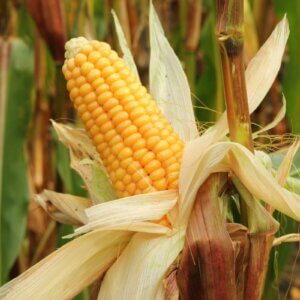
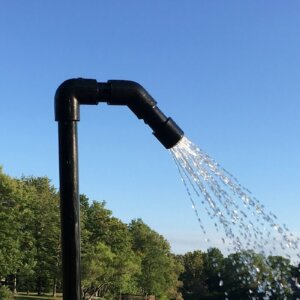







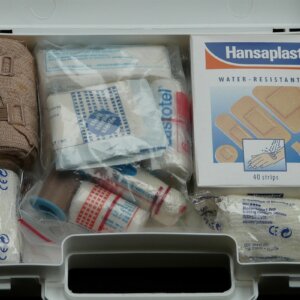
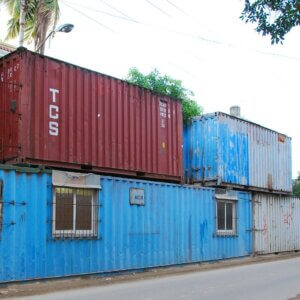


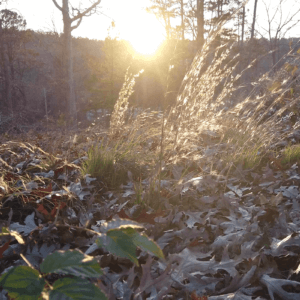
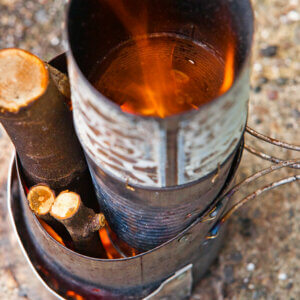

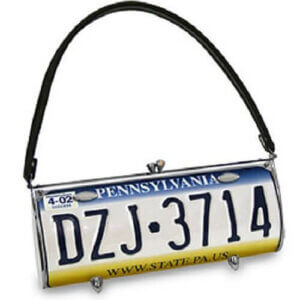

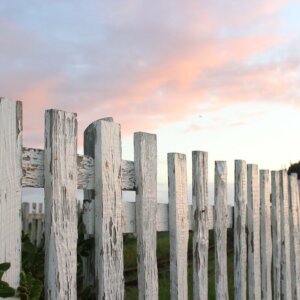
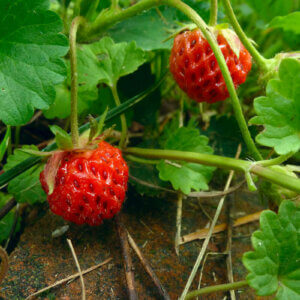


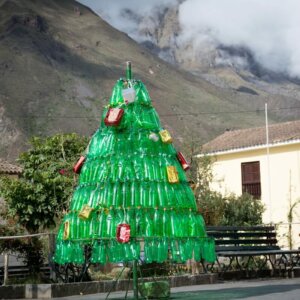

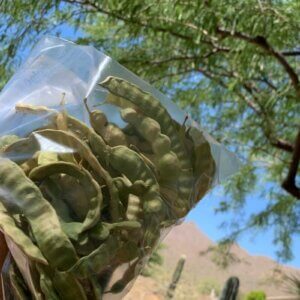

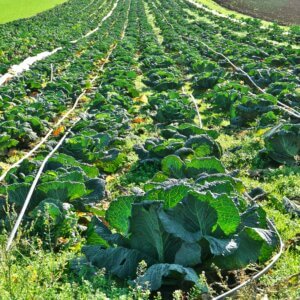

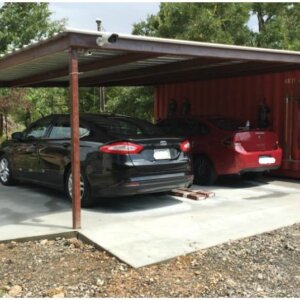


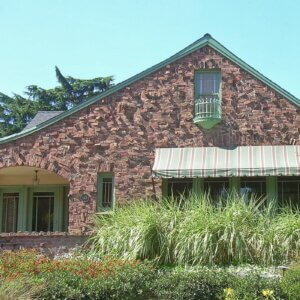

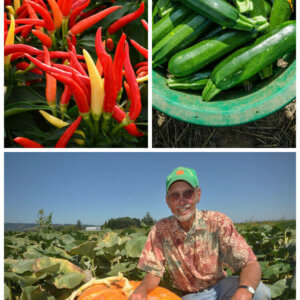


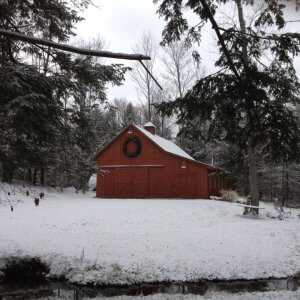


Leave a Reply